The first OnePlus device arrived precisely six years ago. The OnePlus One was a smartphone made of plastic, with a not out-of-the-ordinary design. However, its release was a before and after in the Android landscape. It was a relatively inexpensive terminal but with specifications compared to devices with a much higher price. With its arrival, I heard for the first time the term flagship killer.
With that Qualcomm Snapdragon 801 at the helm, it stood up to smartphones like the Samsung Galaxy S5, the Sony Xperia Z3, and the LG G3. It also featured a 5.5-inch IPS screen, a 13-megapixel rear camera, and a 3,100 mAh battery. Things have changed a lot since then .
After the OnePlus 3, which was released in June 2016, we witnessed a change in strategy. In November, a few months later, the Chinese firm presented a “T” model for the first time, an improved version of the terminal that had seen the light in summer. Since then, we have had two presentations a year, one in the spring and one in the fall.
Last year we experienced another change, the arrival of a “Pro” version. The OnePlus 7 Pro became one of the best devices we tested in 2019, with a massive 6.67-inch screen and 90 Hz refresh rate. A few months ago, we were presented the OnePlus 7T and 7T Pro, predecessors of the terminal that we have come to talk about.
The Chinese company has just unveiled its new devices, the OnePlus 8 and 8 Pro. During the last few days, I have used the as a personal smartphone OnePlus 8, specifically the model with 12 GB of RAM and 256 GB of internal memory. If you are looking for one of the fastest and smoothest experiences, it may be the best. This is all I can tell you about the eighth generation of the Chinese terminal.
OnePlus 8, technical sheet
| OnePlus 8 | |
| specs | |
| Dimensions | 160,2 x 72,9 x 8 mm | 180 gramos |
| Screen | 6.55-inch Super AMOLED FullHD + with a refresh rate of 90 Hz, 20: 9, and HDR10 + |
| Pixel density | 402 PPP |
| Processor | Qualcomm Snapdragon 865 5G | GPU Adreno 650 |
| RAM | 8/12 GB LPDDR4X |
| Operating system | OxygenOS on Android 10 |
| Storage | 128/256 GB UFS 3.0 |
| Cameras | Trasera triple: Sony IMX586 de 48 MP (0,8 µm) f/1.75 con OIS + EIS + Macro de 2 megapíxeles (1,75 µm) f/2.4 + “Ultra Wide” de 16 MP f/2.2 (116º) / Flash LED Dual, PDAF+CAF Front: 16 MP (1 µm) f / 2.0 with fixed focus and EIS. |
| Battery | 4,300 mAh battery pack Warp Charge 30T (30W) |
| Others | Alert Slider, Stereo Speakers with Dolby Atmos, Optical In-Screen Fingerprint Reader, USB 3.1 Type-C, Dual Nano-SIM |
| Connectivity | Wi-Fi 6 Bluetooth 5.1 with aptX and aptxHD, LDAC, and AAC support NFC GPS (L1+L5 Dual Band), GLONASS, BeiDou, SBAS, Galileo, A-GPS |
| Departure date | April the 21st |
| Starting price | 709 euros |
The best of the OnePlus 8
Design and display
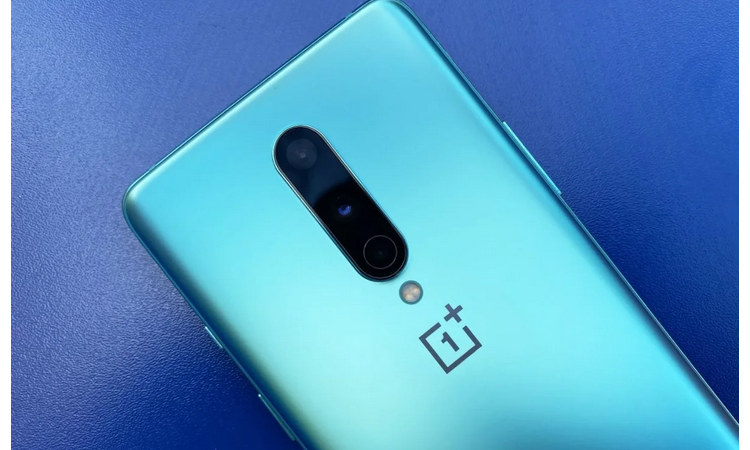
You do not have to look twice to know that we face one of the OnePlus devices; we find design lines very similar to those of its predecessors. During these days, I have used the finish Glacial Green, which despite its name, is primarily blue. Its back is made of glass, but it has a matte treatment like the models we met last year. The main advantage is that the footprints are not so marked, but it also gives it a very soft touch; it is one of the smartphones that has given me the best feeling in hand. D, prairie best comes when the light hits since they appear as greenish reflections that give it a beautiful appearance.
Apple smartphones have a control that allows us to collect information, but this little one is a step above. Its sides have a metallic finish, also with a bluish touch. In the left frame, we find the volume up and down buttons; in the right, the unlock button and one of the hallmarks of OnePlus, the Alert Slider. The small sliding button has three positions that you can customize to manage notifications your way.
Compared to the OnePlus 7T, there are two significant changes, one on the back and one on the front. The little brother of the OnePlus 7T Pro introduced a circular module for the cameras, something similar to what the incorporates Huawei Mate 30 Pro and different from what we had seen so far in the Chinese firm. In this case, we come across a more traditional module, similar to the OnePlus 8 Pro and previous generations. The other change comes with your Screen.
The OnePlus smartphone has a panel 6.55-inch Fluid AMOLED, Full HD + resolution, and a 90 Hz refresh rate. It maintains the size of the 7T but has curved its sides and got rid of the notch. The Chinese firm has also said goodbye to the “Pro” models; now, we come across a hole for the camera in both terminals. It is not the only manufacturer that has left mechanical systems behind; it is something that we will continue to see in 2020.
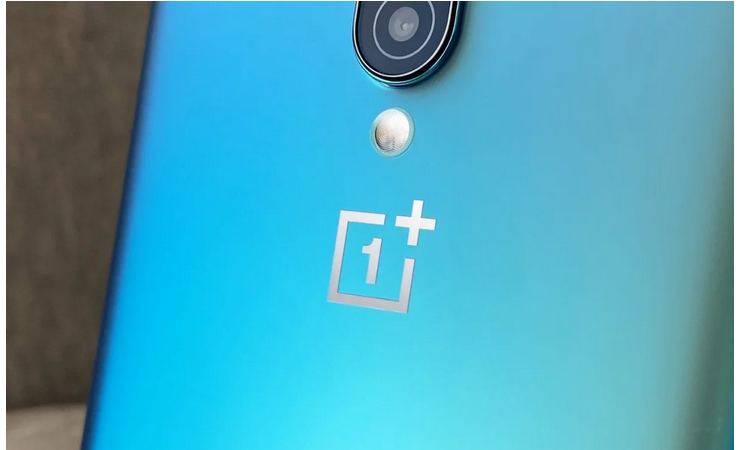
We find a perfect panel, with a refresh rate at which we could have asked for something more, but which continues to give a pleasant fluidity. The viewing angles are good – the curved panels always blur this section – and the correct brightness, enough to avoid problems in broad daylight. The power of its colors and the use of the front give rise to a striking screen that is also compatible with HDR10 +.
If you go to the device settings in the section Advanced within the Screen, you will configure it to your liking. Select between more or less intense colors, modify the refresh rate, even hide the hole by creating an artificial frame. I have used it in Advanced mode these days, with the Wide AMOLED color gamut activated, and I have felt very comfortable.
The optical fingerprint reader of this OnePlus 8, located under its panel, is one of the fastest and most accurate that I have tested. Although it does not have a vast surface, it has not failed in practically any situation; I have even been able to unlock the device without too many complications with wet hands.
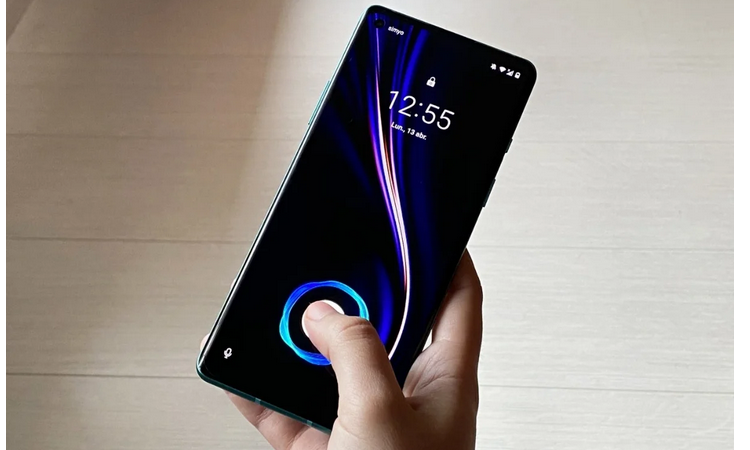
Performance and experience
The performance of this OnePlus 8 is more than outstanding, thanks to the Qualcomm Snapdragon 865 and its 12 GB of RAM. The Qualcomm processor is compatible with 5G technology and has been manufactured in a 7-nanometer format. It has eight cores, a Cortex A77 at 2.85GHz, three Cortex A77 at 2.4GHz, and four Cortex A55 at 1.8GHz.
It is the most powerful processor that an Android terminal can incorporate and moves the most demanding applications and games without any problem, with all the settings to the maximum. Any game is very much enjoyed, both for its power and its Screen, in which one is immersed. I have not commented on it, but the OnePlus mobile also has a double speaker that sounds quite good.
It’s the fastest mobile I’ve ever tried; it’s that simple.
During this time, daily experience has been the differential factor. The OnePlus software works well; it has fast transitions that, together with the panel’s refresh rate, make the device fly in each of the tasks. And that does not reach 120 Hz. It’s the quickest mobile I’ve ever tried; it’s that easy.
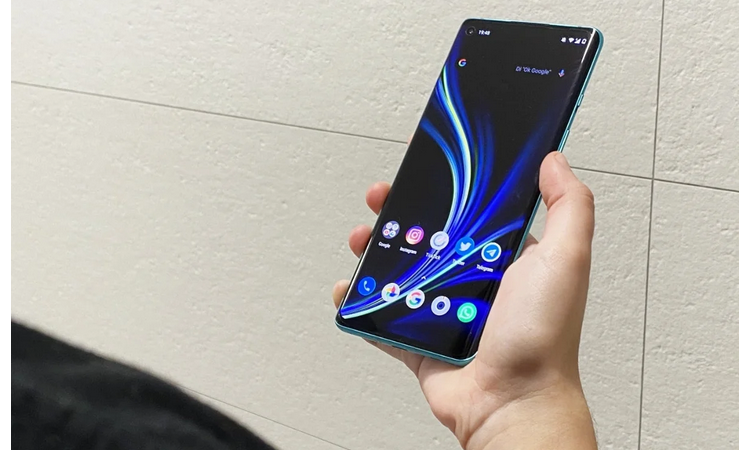
OxygenOS is the layer of customization that makes me feel most comfortable, by far. It is the one closest to the experience provided by a Google Pixel; I even think it exceeds it in some sections. Personalization is one of the main ones, thanks to the multiple options we can find in its settings. You can fiddle with all the interface components and change them at will, the primary color, the shape of the icons, the notification bar, even the fingerprint reader animation.
The Alert Slider is one of those features that may seem trivial at first but becomes essential out of habit. You can easily configure it in the Buttons and gestures section, enjoying three different profiles: silence, vibration, and ringing sound. Are you at home and waiting for a call? Bell ring. Are you going to work and don’t want distractions? Slide the button to the mute position.
I also think it deserves a few lines of Fnatic mode, the particular gaming space that OnePlus has incorporated into its new devices. Being activated, the notifications will appear in a much simpler way; they hardly bother you if you are playing some games. In addition, the device will focus its capabilities so that the gaming experience is the best possible.
Autonomy
The 4,300 mAh of the OnePlus eight does not seem surprising, considering that we find a panel of 6.55 inches and a refresh rate of 90 Hz. However, the results have been. On a typical day of use, with some games to Call of Duty: Mobile, many instant messaging, Twitter, YouTube, and Netflix, I have exceeded nine and a half hours of use. Of course, with 90 Hz on at all times.
On a somewhat more demanding day, taking pictures for this analysis, playing a lot, and with a few hours of series, the numbers have not stopped being satisfactory, reaching 8 hours of Screen without any rush. Whatever your use, you will not have problems getting to the end of the day; you may even go two days of use if you do not squeeze too much.
Its fast charging technology, Warp Charge, has been one of the benchmarks in recent years. It is not the quickest I have tried, but it has a speed that, together with its good autonomy, leaves you calm. Its depleted battery can reach 50% in just over 20 minutes; for 100%, you will have to wait for a little over 1 hour. We are running out of wireless charging again, but I think all the good things I just discussed are enough to make up for it.
The not so good of the OnePlus 8
Where was the flagship killer?
The OnePlus One went on sale for 269 euros. The second edition of the Chinese terminal hit the market for 339 euros, an increase of 70 euros over its predecessor. It had some of the best specifications of the moment, a 5.5-inch Full HD screen, the Snapdragon 801, 3 GB of RAM, and a differentiating software thanks to CyanogenMod. Inside, one of the star processors of the moment, the Qualcomm Snapdragon 810.
The following year the OnePlus 3 (399 euros) and the OnePlus 3T (439 euros) arrived, again with very similar characteristics to the rest of the high-end. At the time, a device like the Samsung Galaxy Note 7 – bangs aside – cost 859 euros. Some of the high-end terminals of that year were still better than the OnePlus exponents, but the price difference made the Chinese device a great purchase.
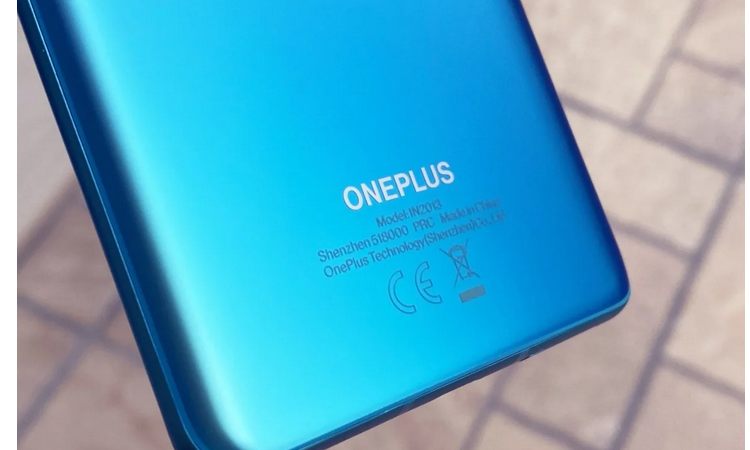
The number 4 is synonymous with bad luck on the Chinese calendar, which is why we jumped directly to the OnePlus 5, which went on sale for 499 euros. The cost of the most basic OnePlus device continued to increase edition after edition to 599 euros for the OnePlus 7T, which was released six months ago. The OnePlus 5T was the only renewal that kept the price, and with the OnePlus six, the jump was only 20 euros.
The price of smartphones has been rising progressively; we know that OnePlus has not been the only one. The Xiaomi Mi 10 has reached the market for 799 euros, with a jump of 300 euros compared to the Mi 9. The Samsung Galaxy S20 went on sale for € 909, and the Huawei P40, more recent, for € 799. The important thing is that the difference between the OnePlus devices and the flagships of Samsung, Huawei, or Sony is no longer the one that was in the beginning.
What the OnePlus 7T offered compared to its competitors last year, is it so different from what the OnePlus 8 offers right now? The 709 euros represent a jump of 150 euros compared to the OnePlus 7, 110 if we compare it with the OnePlus 7T. The new OnePlus smartphones are still a great buy; of course, they have great specs and offer an engaging user experience. Despite everything, we can no longer recommend them with the ease of a few years ago.
So are the cameras of the OnePlus 8
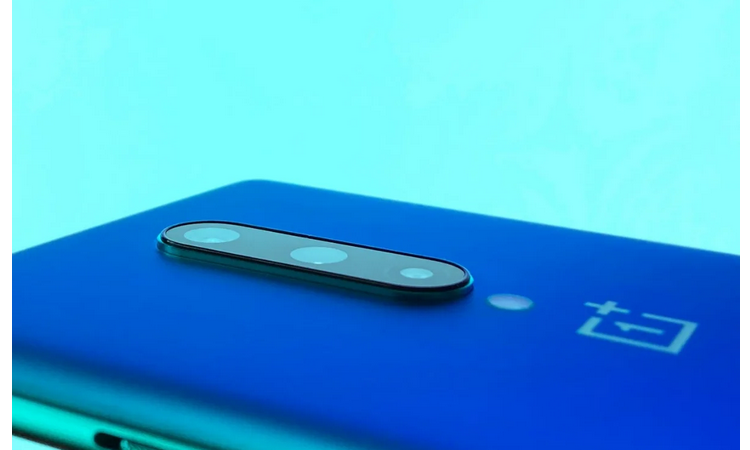
On the back of the OnePlus eight, we find three lenses arranged in a vertical position. As the primary sensor, a 48-megapixel Sony IMX586, with a 1.75 focal length. It comes with a wide-angle 16 megapixel and 116º, as well as a macro sensor that enjoys a 2.4 aperture. On the other hand, in the hole in its front, a 16-megapixel camera.
I don’t think incorporating a “macro” sensor instead of a telephoto lens is the most appropriate choice for a straightforward reason. We are going to get much less out of this new sensor. During these days, I have tried to take photographs under different conditions, with the quarantine limitations that we live in countries like Spain. These are the conclusions I have reached.
Photography by day and portrait mode
The photographs that I have taken with the OnePlus 8 are good, especially in broad daylight. The primary camera of the terminal – set by default to 12 megapixels – can obtain a large amount of detail even in complicated situations. It has an excellent dynamic range and can manage the highlights well, although you will find quite saturated colors.
You can also collect good images with their wide-angle, although the loss of detail is evident in the photograph’s corners. This is even greater than the minimum loss of light when a lot of noise appears.
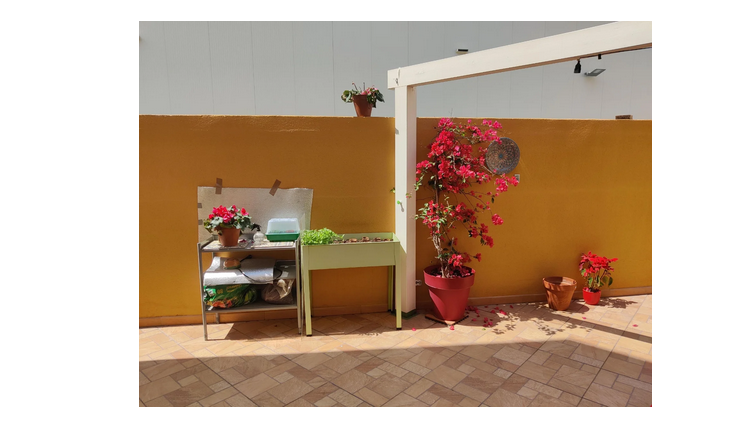
The portrait mode, yes, I liked, with a very correct and friendly cut bokeh effect. Its macro sensor has not finished convincing me, with photographs in which it is difficult to know what object we are focusing on. Several pictures must be taken to find the most suitable one, avoiding color failures and out-of-focus subjects. The resulting photographs are pretty nice; they enjoy a natural and progressive blur.
Night mode
“Night landscape” is the option that you will have to select to take pictures at night. We find positive results; the cameras of this OnePlus capture a large amount of light and a good level of detail, especially in simple shots. However, if the subjects move away or face somewhat more complicated landscapes, the results lower the level.
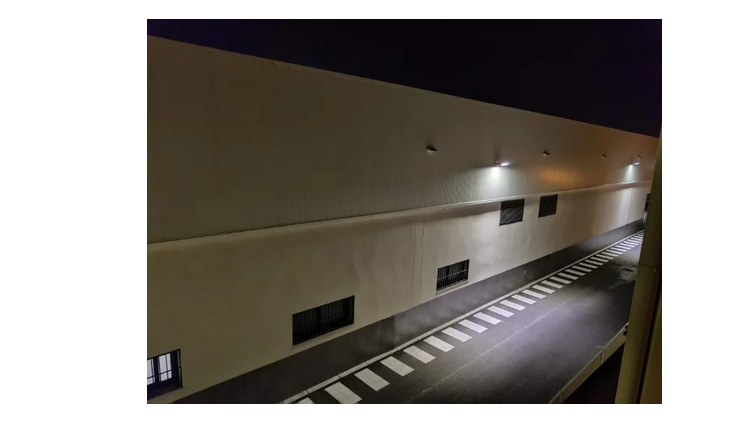
Frontal camera
In good condition, the selfies the OnePlus 8 takes feature quite a bit of detail. They respect the color of the skin and its imperfections; they do not excessively soften the features. As in many other devices, things change when the light falls, with the appearance of noise and a noticeable loss of sharpness.

OnePlus 8: conclusions and opinion
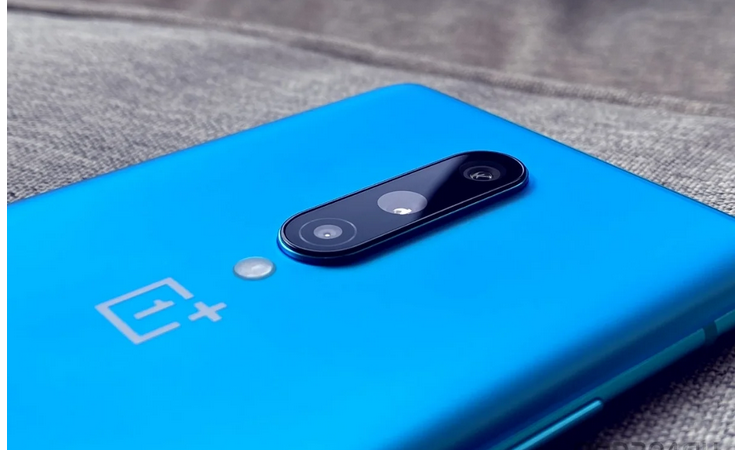
Like previous editions, the OnePlus eight once again has a factor that differentiates it from the rest, the day-to-day experience. OxygenOS is a layer that respects the lines of Android in its purest version, with additions that translate into tremendously customizable software. Together with the 90 Hz of its screen, it offers a constant feeling of fluidity and speed.
It is a device with which we can enjoy the most demanding applications and games, like any other terminal that incorporates the Snapdragon 865. Nothing can be attributed to its performance; it is one of the most powerful smartphones today and will satisfy any. On the other hand, I have always had the fast charging technology of the Asian firm as one of the best, but the OnePlus eight surprises, above all, for the hours of screen.
The photographic section has been the main weakness of OnePlus in recent years, even though the improvement in edition after edition has also been notable. The photos I have taken with this OnePlus 8 are good, but they are still a notch below the competition. In the middle of 2020, and with the price increase that it has experienced, I expected something more. Recommending the virtual device from OnePlus is not as easy as it was some time ago. The price increase brings them even closer to the high-end of traditional firms, and they should be required the same as these.
OnePlus 8: price and where to buy it
The OnePlus eight will go on sale next Tuesday, the 21st, with a base price of 709 euros. The version that we have analyzed, with 12 GB of RAM and 256 GB of internal memory, will come with a cost of 809 euros. You can buy it on the brand’s official website, and it will soon be available in other stores.
| OnePlus 8, opinion and note from Andro4all | |
| Should you buy the OnePlus 8? | |
| In favor |
|
| Against |
|
| Conclusions | The OnePlus 8 is an excellent device with a beautiful design, a spectacular screen, and significant autonomy. Its cameras still have a lot to compete against, but the most important thing about the Chinese terminal is the experience it gives the user. |
| Punctuation |
OnePlus 8 The fastest experience goes up in price. |

Sharlene Meriel is an avid gamer with a knack for technology. He has been writing about the latest technologies for the past 5 years. His contribution in technology journalism has been noteworthy. He is also a day trader with interest in the Forex market.









